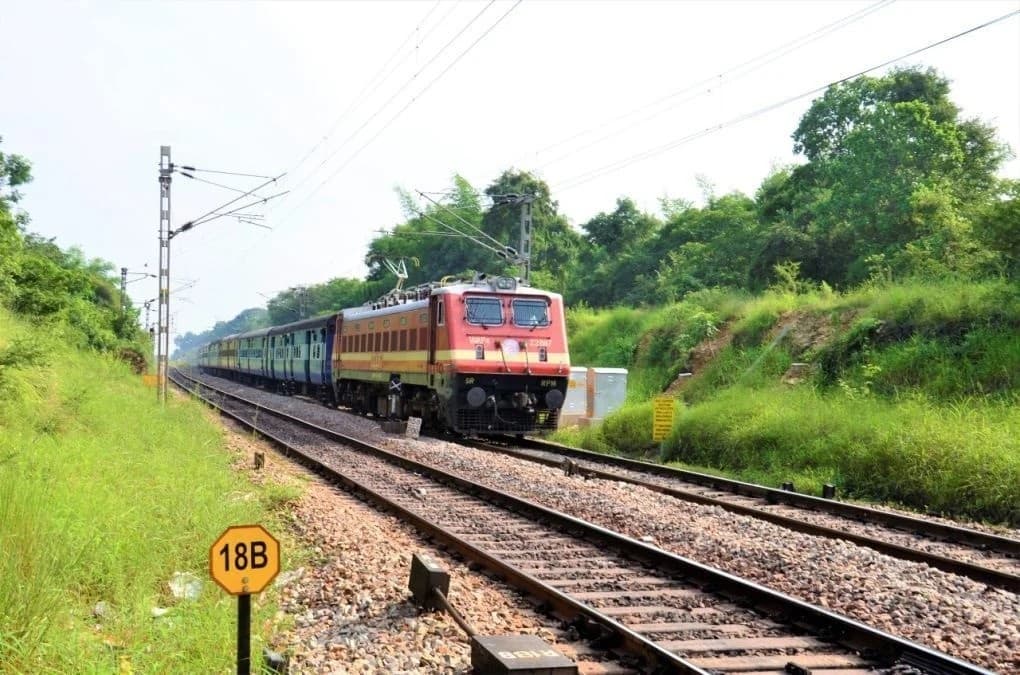Coal remains largest contributor in freight loading with strong daily operations
As per the government official data, this milestone reflects broad-based support from key sectors: coal remains the largest contributor at 505 MT, followed by iron ore (115 MT), cement (92 MT), container traffic (59 MT), pig iron & finished steel (47 MT), fertilisers (42 MT), mineral oil (32 MT), foodgrains (30 MT), raw materials for steel plants (approx. 20 MT), and balance-other-goods (74 MT).

Indian Railways' freight cumulative loading this year has crossed the 1-billion-tonne mark while reaching 1020 Million Tonnes (MT) as of 19 November.
As per the government official data, this milestone reflects broad-based support from key sectors: coal remains the largest contributor at 505 MT, followed by iron ore (115 MT), cement (92 MT), container traffic (59 MT), pig iron & finished steel (47 MT), fertilisers (42 MT), mineral oil (32 MT), foodgrains (30 MT), raw materials for steel plants (approx. 20 MT), and balance-other-goods (74 MT).
The Daily loading has continued to hold strong at around 4.4 MT, higher than 4.2 MT last year, demonstrating improved operational efficiency and sustained demand.
Between April to October, the freight loading further underscores this positive trajectory, touching 935.1 MT in 2025, compared to 906.9 MT during the same period last year, marking a healthy year-on-year growth.
The sustained momentum along with the improved daily loading rates, reflects the Railways' capacity to support India's industrial expansion and infrastructure development.
Railways has taken significant steps in order to ease the facilitation of cement logistics with the recent rollout of comprehensive reforms including the Policy for Bulk Cement Terminals and rationalized rates for bulk cement movement in containers, represents a strategic initiative to modernise cement transportation.
Accordingly, these measures aim to increase bulk handling capacity, reduce transit time, and lower logistics costs, directly benefiting both industry players and end consumers while driving greater efficiency across the supply chain.